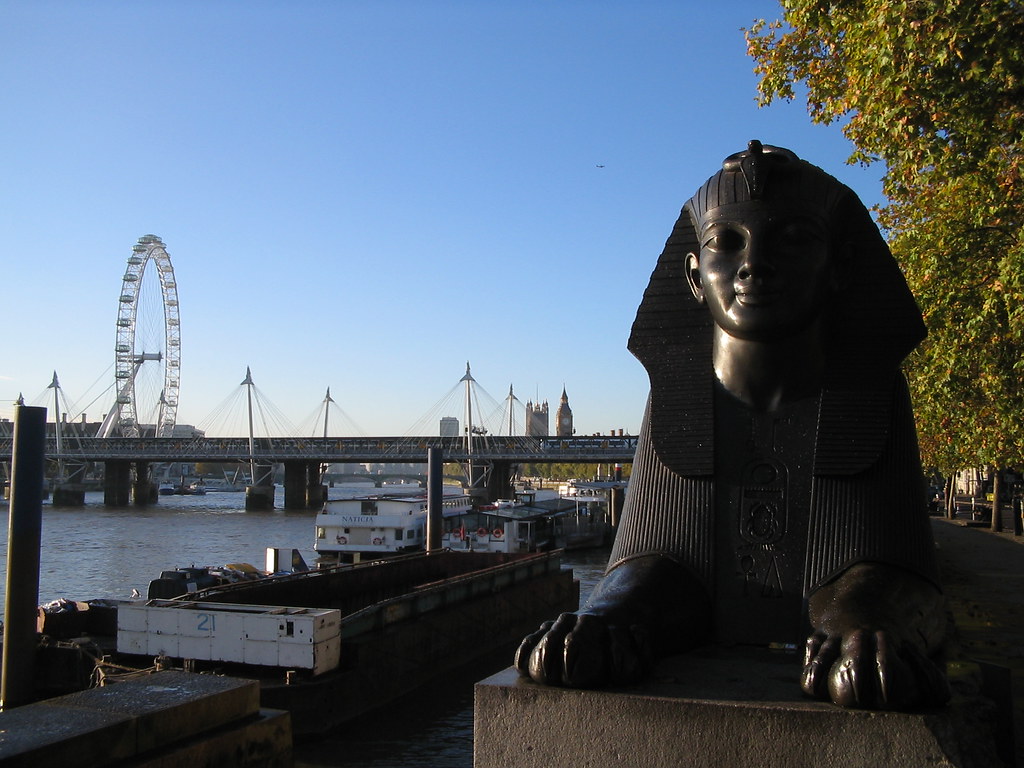
“I’m sorry I’m late,” Daniel apologises as he steps into the apartment. He looks a sorry sight, hair and coat dripping with rain, his glasses steamed up. He becomes aware that he is dripping on the polished wooden floor, and begins to apologise again. I raise a hand to stop him. “Don’t worry,” I explain, “it’s a studio. The floor frequently gets dirty. Art is a dirty business.” Daniel smiles an uneasy smile and allows me to hang his coat up for him. From the hook by the door the coat continues to produce a puddle on the floor.
Daniel Webb is a young journalist working for a local London paper, here to interview me in the run-up to the British Museum’s upcoming ‘The Hero with a Thousand Faces’ exhibition. In particular he is here to speak about the masks I am offering the Museum for the duration of this short exhibition from my private collection. Daniel and I have met just the once before, following a brief phone conversation where I suggested we meet up for a coffee on London’s quiet South Bank. There’s a lovely place that sits directly opposite Cleopatra’s Needle on the north bank of the Thames, an ancient Egyptian monolith that seems both out of place and yet typical of the mish mash of identities contained within this city. This is not my home and yet I love it for it’s cultural diversity, the way it draws in people and influences and stirs them together.
I remember that initial meeting. A sunny day, not at all like today, a golden light filtering through the trees on the South Bank, the laughter and conversations of people sitting nearby, or walking past along the bank of the river. Daniel was early and I found him nervously waiting when I arrived. He rose from his chair, addressed me by my name and eagerly offered me his hand, which I took and shook. His handshake was a little too eager, as if he’d once been told that a firm handshake conveys a strong and confident character. I sat down and we talked a little, and he jotted down numerous notations in a ring-bound notebook. He seemed to relax in my company, seemed to be comforted somewhat by my laughter in response to some of his more insightful questions. But we agreed there and then that he might do better to have some sort of recording device for the purposes of his interview, and that if he were to have his article accompanied by relevant pictures he might as well visit me at my London studio flat. And so here he is.
I lead him from the slowly forming puddle in the entrance hall through to the lounge, and offer him a drink. Tea? Coffee? “Coffee, please,” he says, his eyes wide as he takes in the details of the studio flat. There is little here to suggest anything comparable to the grandeur of the collection Daniel has come here to see; I have the bare minimum to make myself comfortable here. A glass topped coffee table, a couple of white plastic chairs, and four blank white walls like vast canvasses awaiting their first drop of paint. A large window looks out across the Thames, but it now frames darkness, animated by the pattern of raindrops. The lights of distant buildings dance to the gentle brush of the rain against the glass. By contrast my footsteps sound sharply upon the polished wooden floor as I cross the room to the kitchenette near the window.
“Please, sit down,” I call, as I fetch a jar of instant coffee from the cupboard. “Make yourself comfortable.” Daniel picks one of the not-particularly-comfortable chairs, one where he faces the window and the kitchenette, and begins to empty his bag. One by one he places the contents on the coffee table, as if each needs to be positioned just so: a compact digital camera, a dictaphone, a notebook, a pen, and lastly a book from which protrudes a leaflet for the British Museum. The book I see shares the name of the exhibition and is presumably the book by Joseph Campbell from which it gets its name.
To be continued…
No comments:
Post a Comment